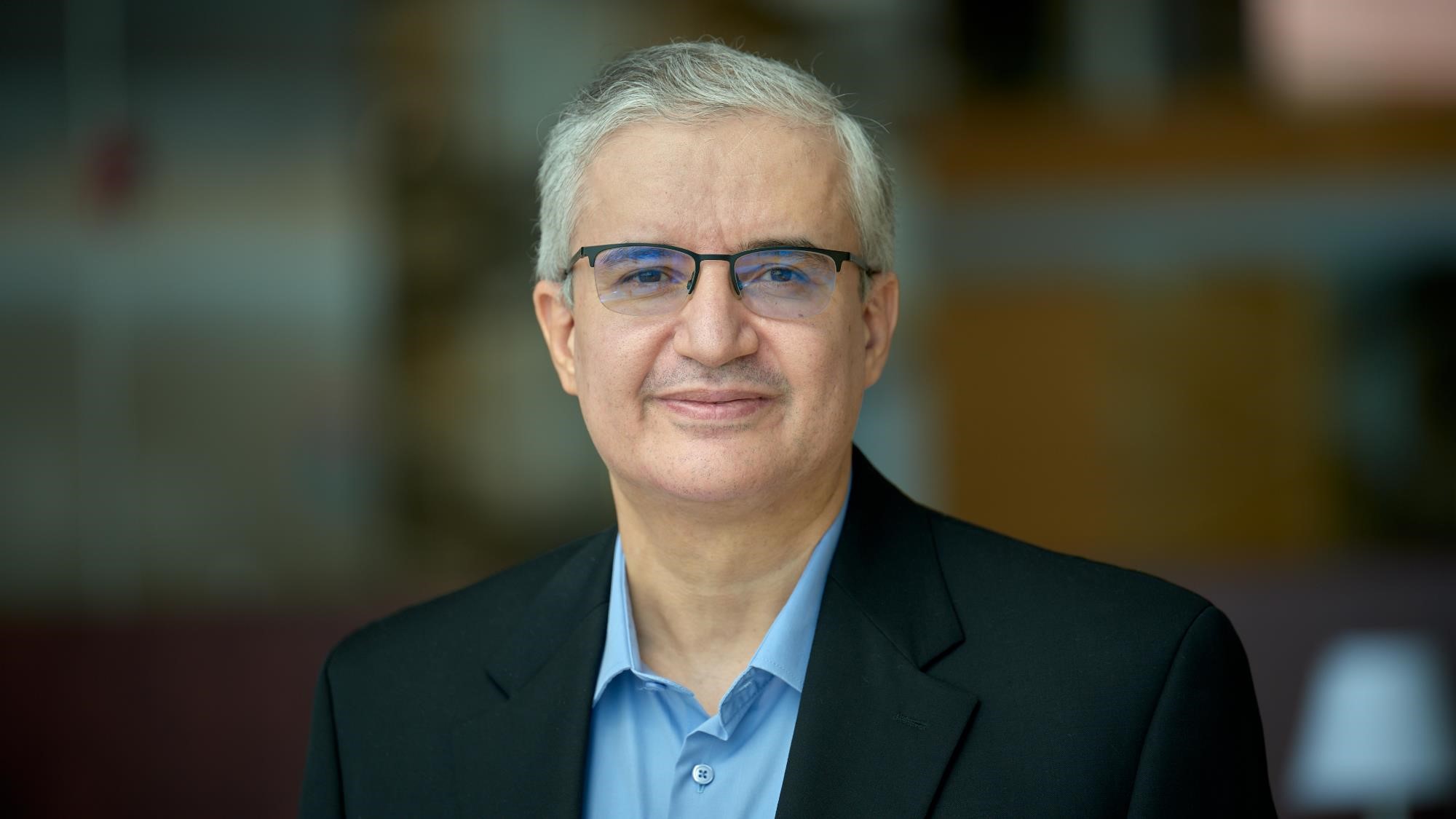Innovative Internet Solutions Offer Hope for India’s Digitally Excluded Population
India boasts the second-largest digital population globally, with 692 million people connected to the internet, second only to China. However, it also faces the challenge of having the world’s largest offline population, with 51% of the country lacking easy access to the web. The lack of robust internet infrastructure exacerbates existing social and economic issues, particularly in areas like health and education. Nonetheless, a team at King Abdullah University of Science and Technology (KAUST) is developing new, energy-efficient, high-speed internet systems that could provide affordable access to the 730 million Indians currently without an internet connection.
Mohamed-Slim Alouini, Distinguished Professor of Electrical and Computer Engineering at KAUST and project lead, explained that these pioneering technologies combine space-based and aerial networks to deliver high-quality internet access comparable to expensive fibre optic connections but at an affordable cost. Internet connectivity will be among the key topics discussed at the upcoming Global Sustainable Development Congress, hosted by KAUST from May 30 to June 1, 2023.
“Internet accessibility rates exceed 80% in developed countries, but nearly three billion people lack internet connectivity in poorer regions of the world, mainly concentrated in rural, low-income, and low-literacy areas,” said Alouini. “Insufficient digital connectivity leads to poor quality of life, low literacy rates, and sluggish economic growth, perpetuating a vicious cycle of inadequate financial resources for investment.”
Alouini highlighted that existing fibre network infrastructures are not only expensive but also energy-intensive and often impractical. “In economically disadvantaged or sparsely populated regions, deploying an optical fibre network and related infrastructure, including a reliable electrical power grid, becomes cost-prohibitive and can significantly increase carbon emissions, as recent studies have shown.”
Satellite and cellular networks have evolved independently over the years, contributing to the connectivity divide. The technology solutions being developed at KAUST aim to achieve global coverage without relying on costly on-the-ground infrastructure.
The project involves the deployment of three-dimensional integrated networks that incorporate terrestrial, airborne, and satellite communications operating simultaneously across different parts of the electromagnetic spectrum. It will utilize terrestrial base stations, TV towers, drones, balloons, stratospheric high-altitude platforms (HAPs), and satellites. The system’s structure and resource allocations, such as spectrum, will be adapted based on population density and the required quality of service. Furthermore, the use of environmentally friendly transceivers and routers powered by renewable energy sources will make the system sustainable.
Alouini emphasized that apart from connecting the unconnected, the developed solutions can also enable the Internet of Things (IoT) in remote and hard-to-reach areas. This opens up possibilities for smart exploration and monitoring of India’s abundant natural resources, as well as improved food production and supply-chain management solutions.
He added that focusing on remote, low-income areas in their research efforts would contribute to creating a “digitally inclusive and greener” future not only for India but also for other nations grappling with a large population of disconnected individuals. “Our research activities aim to reduce inequalities in various social, educational, health, and economic domains and foster new business and economic opportunities,” Alouini concluded.

